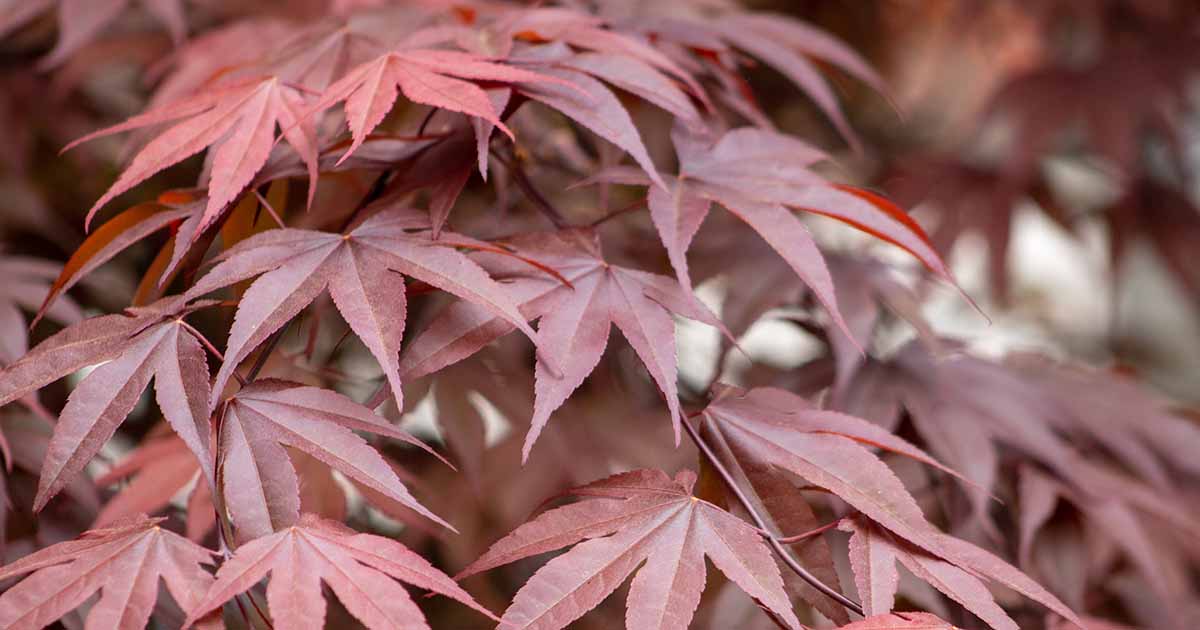Table of Contents
Japanese maples come in diverse colours, shapes, and sizes. Some have green leaves, while others exhibit a range of reds, oranges, and yellows. Some varieties have a weeping habit, while others stand tall and upright. These trees can grow to a height of 20 to 30 feet, making them the perfect statement piece for any landscape. The intricate patterns, swirling colours, and unique shapes found in acer garden plants make them the perfect addition to any garden, big or small.
Cultivation and Care of Japanese Maples
One of the most important aspects of exploring the beauty and diversity of Japanese maple varieties is understanding the cultivation and care of these trees. Whether you’re a homeowner hoping to add a Japanese maple to your landscape or a professional arboretum curator, proper care is essential to keep the tree healthy and thriving.
- To begin, choose an ideal planting area by considering aspects such as soil, light, and water availability.
- Plant the tree in well-drained soil and avoid overwatering, which can cause root rot.
- Prune your Japanese maple tree in the dormant season to protect tender buds.
- Additionally, fertilisation is crucial for maintaining the tree’s health and should be carried out carefully to prevent over-fertilisation.
Different Types of Japanese Maples
The Japanese maple has spectacular canopies and delicate leaves. The diversity of the Japanese maple is one of its most noticeable features, and it comes in 300 different varieties with unique characteristics. We shall examine more closely at three different types of Japanese maples:
Acer palmatum: Also known as Japanese maple, this is the most common and frequently grown maple. It has a classic appearance, with delicate palm-shaped leaves ranging in colour from green to yellow to deep red or purple.
Acer japonicum: This Japanese maple is distinguished by its enormous, fan-shaped leaves in red and green colours. It is a popular choice for bonsai gardens due to its moderate growth habit and tiny size, which make it simple to care for.
Acer shirasawanum: Also known as the Full Moon Maple, this Japanese maple is distinguished by its bright yellow leaves, which turn crimson in fall.
Tips for Caring and Maintaining Japanese Maple Trees
Knowing how to properly care for and maintain your Japanese maple trees is essential to ensure they stay healthy and look their best. Here are some tips to help you along the way:
1. Watering: Japanese maples require consistent, thorough watering. You should water your trees at least once a week during the summer to keep the soil moist but not saturated. Reduce watering to every two weeks or so during the colder months.
2. Mulching: Applying mulch to the ground surrounding Japanese maple trees keeps the soil moist and feeds the tree with nutrients. Mulch should not be piled too close to the tree trunk as this could lead to root rot and other problems.
3. Protect from Cold: Because Japanese maples can’t stand the extreme cold, keeping them from freezing throughout the winter is crucial. Wrapping your trees with a protective covering or wrapping burlap around their trunks can help insulate them from extreme temperatures and keep them healthy.
In Conclusion
The history and culture surrounding the Japanese Maple tree are quite fascinating, and its beauty is incomparable. With the proper care, these trees can enrich your landscape for years to come. By following the essential tips for caring for and maintaining Japanese Maple Trees, you will be able to ensure that your trees stay healthy and look their best. Remember to water regularly, prune carefully, fertilise occasionally, protect from cold temperatures, and mulch the soil around them.





